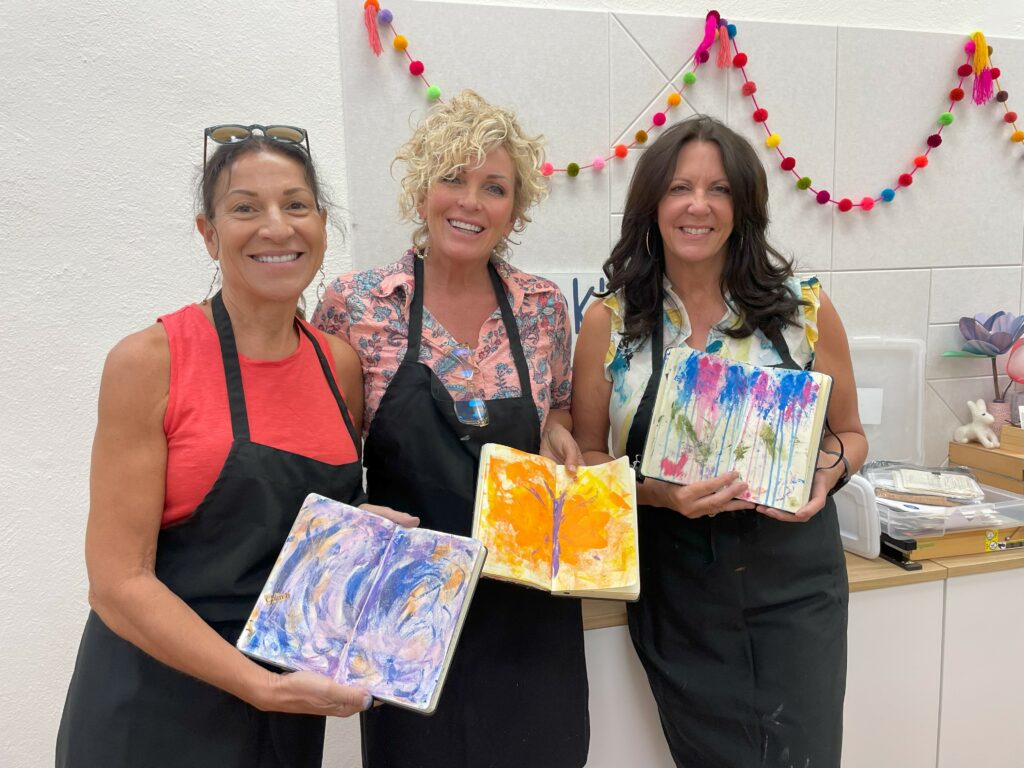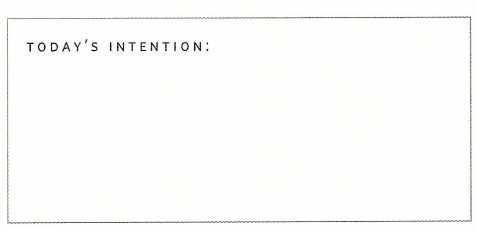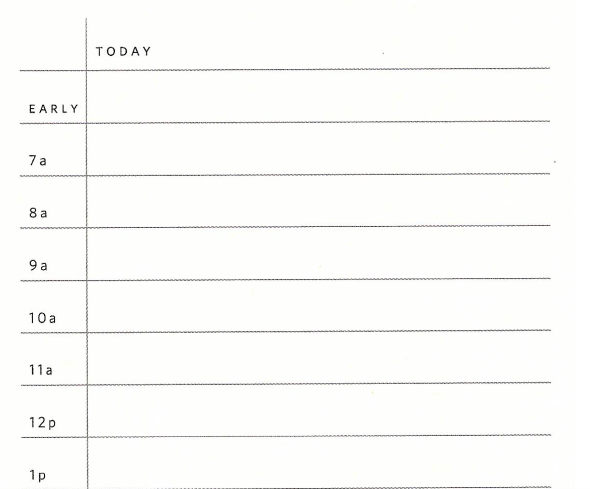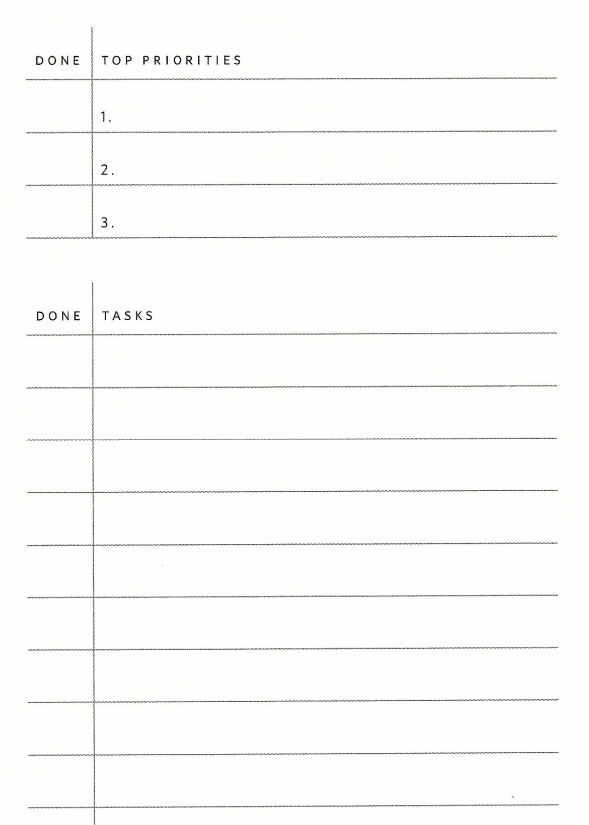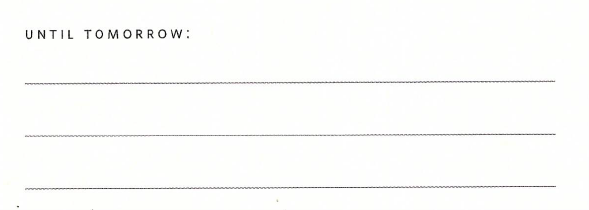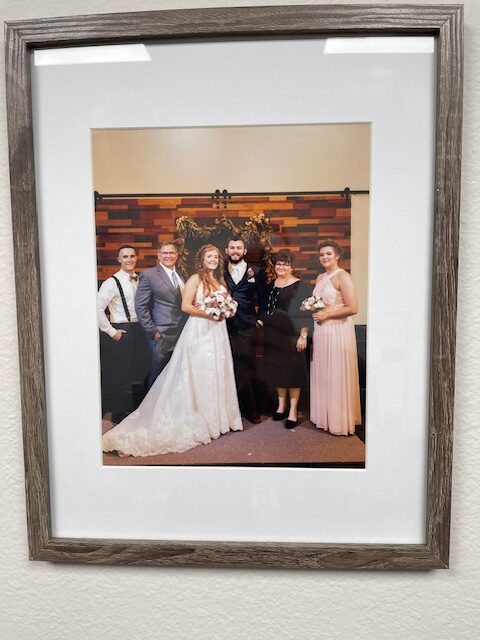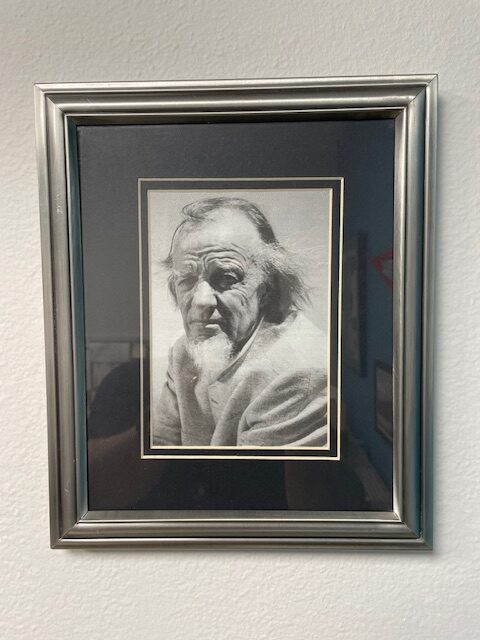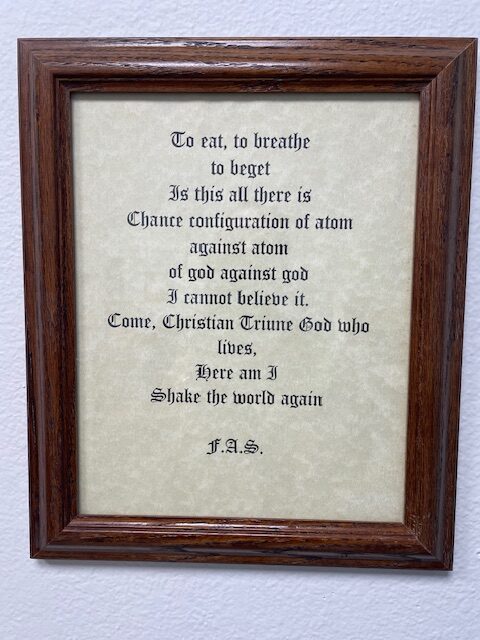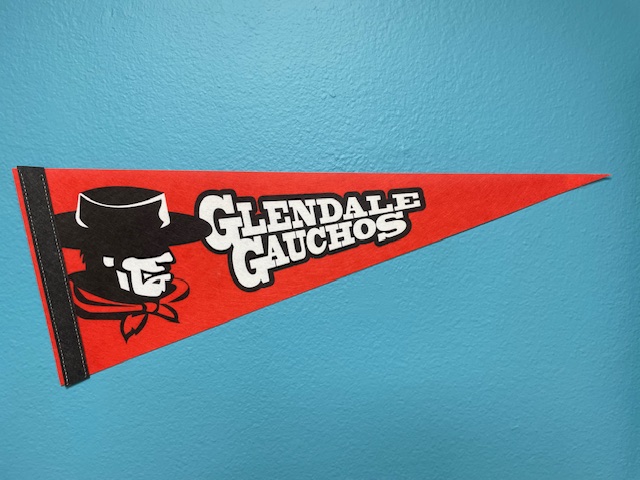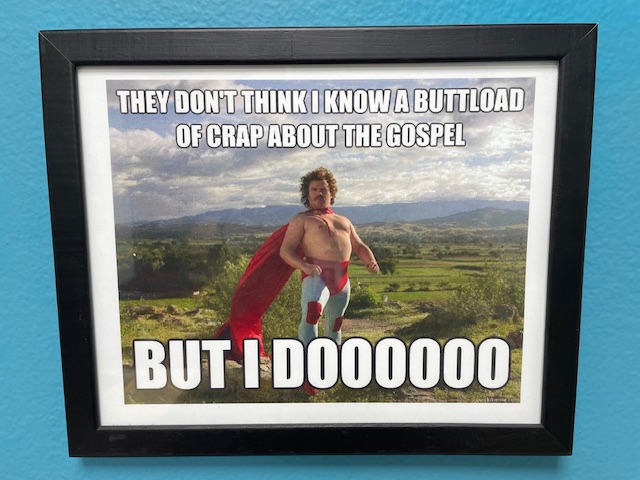Last fall, I went on a weekend getaway to Hood River, Oregon to hang with friends and take an art journaling class. The art studio hosting the class was the last place I’d expect to stumble on an organizational productivity tool that would rock my teaching existence! I am quite sure I will never be the same.
Okay, maybe that was artistic license. But after our class, my friends and I perused the studio’s gift shop, and in-between paintbrushes and canvases I found these lovely daily planner sheets by Ramona & Ruth.
I used to start each day in response mode. Now, before I open my e-mail and let in the fresh hell of whatever online emergencies occurred overnight, I start the day with this planner. The first section I fill out is my daily intention:
In this small box I write something meaningful that I want to remember throughout the day. Some of my intentions have been to take two mindful breaks during the day or to remember perfection is an illusion.
The next block I fill in is my time schedule:
I use a process outlined in the book Happier Hour of writing down not only my obligations but my commitments to self. So, right next to a committee meeting might be an appointment for a 10-minute meditation. (Actually, maybe before and after the committee meeting!)
After that, I enter my tasks to complete in the day:
What I love about this planner is the ability to identify three priorities. What I hate about this planner is that there are too many damn lines. But, back to the love; I get a little dopamine surge when I am able to check off each task as “done.” I often think I can accomplish more than I actually can. Now I limit the amount of tasks I put on my daily list.
Thus, it feels very satisfying to put some tasks in this section:
Finally, in the bottom left corner is the opportunity to write something for which I am grateful:
(Today, I am grateful to be able to submit this blog post just under the wire!)
I don’t love this tool because it makes me a more productive teaching automaton. Rather, it helps me to have more balance in my days and be more reasonable in my self-expectations. It allows me to proactively plan my day rather than being led around by immediate drama.
Does this all work perfectly? Absolutely not. But my life-in-balance is sort of a sculpture I work on each day . . . shaping here, chiseling there.

